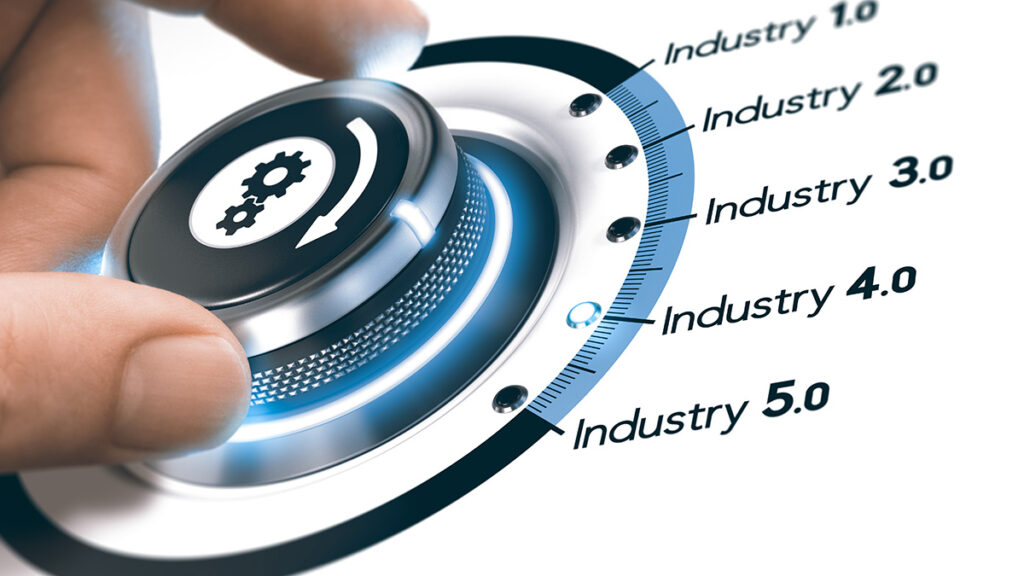One could easily be tempted to use words such as “replacement”, “take-over”, “redundancy”, yet the past few years have taught us the other way — Industry 5.0 is not just about the integration of digital technologies or the endless possibilities of data exchange. In fact, it goes a step further by suggesting (or, should I say, demanding?) the ultimate alliance between humans and machines.
When it comes to fully leveraging the power of intelligent automation, Industry 5.0 comes clean: it recognises the unique capabilities of human workers and seeks to augment their skills and abilities through intelligent automation.
Empowering the human touch
Simply put, automation is now increasingly seen as a tool that enhances productivity, critical thinking, and problem-solving capabilities. Intelligence is nothing more than a catalyst for improvement.
AI, machine learning, and robotics are, indeed, revolutionising the way we work by automating repetitive tasks, providing valuable insights from vast amounts of data, thus freeing us to focus on what makes us human. We are in the era of intelligent engines that process operational inputs, to then give us actionable suggestions with quantifiable impact.
But this opportunity poses, at the same time, quite a challenge.
The collaboration between people and tech cannot be one-sided, but rather a dynamic partnership. Together, they make a powerful team, equipped to tackle complex challenges and capitalise on emerging opportunities.
Think about adaptive decision-making. While machines excel at executing tasks with speed and precision, humans master contextual understanding, judgement, and intuition. It involves flexibility, learning, and the ability to modify strategies in response to evolving situations, and technology can definitely give us the type of feedback we can work with. In the end, this combination is what allows for more informed decisions, fewer costs, efficiency, and increased productivity.
There’s still a lot to do when it comes to harnessing the complementary strengths of the man-machine duo. The power of intelligent automation goes way beyond technological integration, and those who can’t see it are missing the point. It’s much more about interdisciplinary teamwork, knowledge sharing, and taking advantage of the best of both worlds.
Reskilling and upskilling
One of the smartest ways to make the most out of technology investments is to secure the full potential of the workforce. This involves not only acquiring new technical skills but also developing soft skills such as adaptability, ethical awareness, and resilience, all this whilst getting the most out of intelligence.
I have no doubts about nurturing a culture of lifelong learning as the way to stay ahead of the curve — this is what enables businesses to embrace change with great confidence, future-proofing themselves against obsolescence and remaining relevant.
Intelligent automation urges for talent development as a strategic priority, and we cannot perceive success in the era of Industry 5.0 without it. Technology does need a partner to play the game, and that partner is chosen: a workforce capable of thriving and evolving fast.
The power of intelligent automation lies, first and foremost, in the renewed dynamics of this man-machine collaboration, and to nurture people — our most important asset — will be the utmost priority.
After all, without them, a business is just an unfinished idea.
Felipe Ávila da Costa is Co-founder and CEO at Infraspeak.
